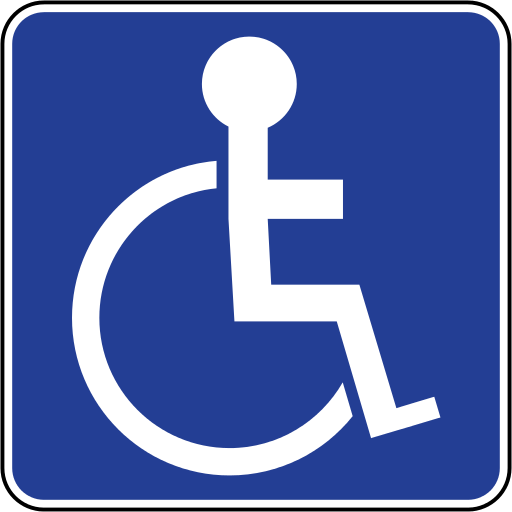According to the World Health Organization, about a billion people around the world have limited capabilities. In the US and Eurasia, it is one person out of five. Because of their disabilities, it is harder for them to find a job, the poverty level among these people doubles that of people with no impairments.
Therefore, technologies that can help people with disabilities do work effectively as well as improve their lives in general are undoubtedly necessary. And there is an economic sense to this.

If all the disabled people of Britain would be able to work right now, its economy would have grown by 1.7%, or $64 billion, according to Scope.
Eyes control
About 400 thousand people all over the world, suffer from motor neuron disease. And 2.5 million people have severe sclerosis. An American company called LCT has developed a solution to this problem. It is called Eyegaze Edge, it gives people the ability to control a computer with their own eyes.
The technology through which Eyegaze works is referred to as PCCR, or Pupil Center / Corneal Reflection. The tablet is placed in front of a user and a small video camera is attached below it. The user’s eye is illuminated by an LED in the infrared spectrum. After that, the camera estimates the distance from the center of a user’s pupil to the LED point on the cornea. This gives the computer the ability to accurately determine where a person is looking. The Engineers at LC Technologies are not the only ones who are making the lives of disabled people better.
Head control
HeadMouse Nano, by Origin Instruments, works on a similar principle. The device follows the movement of a point with a reflective surface attached to the head of a user, which allows a person to control the cursor on the computer screen. You can select text or other information using the “inhale-exhale” switch fixed in your mouth or hold your head straight for a short amount of time. This technology requires a user to have a few more opportunities to move, but it is cheaper than the previous one.

Smart glasses
According to WHO, 40 million people suffer from some form of blindness. 90% of them still have some sensitivity to light. Therefore, Stephen Hicks, a neurologist at Oxford University came up with this device that makes it easier to perceive colors and depth. “Our goal is to convey the world into basic shapes and colors,” he explains. The closest object is bright, while the furthest object is black, and the difference is quite noticeable.
Hicks has been working on this device for 8 years. Transparent computer displays were developed for them by Epson. After the release of the idea to the public, Hicks got financial support from many big organizations like RNIB and Google. You can find out more about the project and its backers here. The new main task for him was to reduce the weight of these glasses. If they are heavier than 120 grams, a person will have a headache, he says. Therefore, he had to place the processor and the battery in a separate wrist unit.
loading...
loading...
